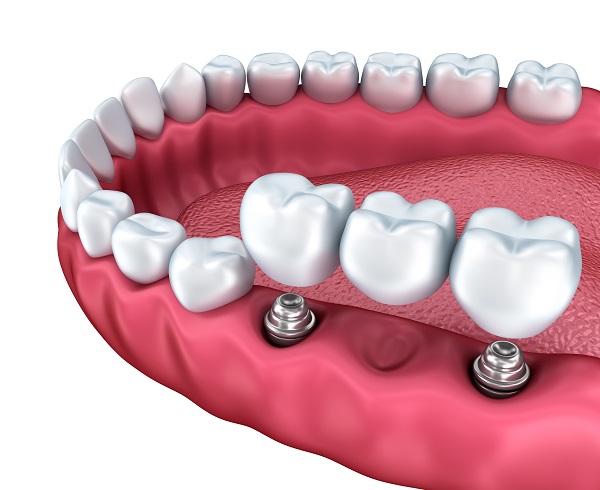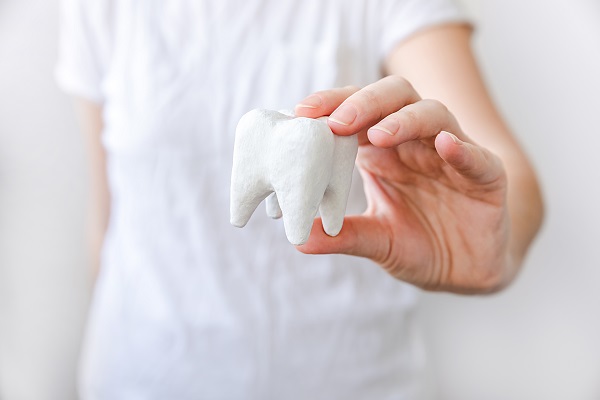Everything You Should Know About Dental X-Rays

Every adult patient has likely received a dental X-ray in their lifetime. This trusted imaging technology helps to get a deeper view of the teeth and jaw. Dentists use X-rays to evaluate the oral health of their patients and to spot any issues that cannot be determined through a visual examination.
What are dental X-rays?
Also known as radiographs, X-rays have been used in the dental field for decades. Dental X-rays use very low levels of radiation to capture images of the interior of the teeth and gums. A beam of particles is concentrated into the tissue, producing an image onto a metal film. The soft tissue, like skin and gums, are not able to absorb the high-energy rays, so the beam passes right through them. Denser materials, such as teeth and jawbone, absorb the radiation. This is how the image is created.
Problems spotted with X-rays
After a thorough visual examination, the dentist will most likely request a dental X-ray. Many teeth and jaw issues cannot be detected by the naked eye alone. Cavities between teeth, deep-rooted decay, jaw abscesses and pulpitis (the infection of the tissue inside a tooth) can only be seen with the help of a dental X-ray.
How often should I get a dental X-ray?
Dental X-rays are typically performed every year. The dentist may recommend more frequent dental X-rays if there is a diagnosed issue in the teeth or jaw to track the healing process. The frequency at which any patient receives an X-ray of their teeth depends on a variety of factors, including age, current oral health, signs of oral disease and a history of teeth issues or gum disease. Those with deeply grooved teeth have a higher risk of cavities, so patients with oddly shaped teeth will need more frequent X-rays.
Are there any risks associated with dental X-rays?
Although dental X-rays work by using radiation, the amount of radiation is so minimal that it does not have any adverse effects on healthy adults and children. Digital X-rays are even safer, emitting lower radiation than the images projected onto film.
A special garment is placed over the chest, abdomen and upper pelvic region to reduce unnecessary radiation to the rest of the body.
Women who are pregnant are the one exception to the rule. Women who are pregnant should not receive any kind of X-ray, as the amount of radiation is not considered completely safe for developing fetuses.
Types of X-rays
There are many different kinds of dental X-ray, but the most popular dental X-ray, and the one that most patients are familiar with is the bitewing X-ray. This technique involves biting down on a special piece of paper held in place by a large plastic holder. Bitewing X-rays are typically used to check for cavities between teeth.
Using technology for better dental care
At our practice, we put our patients first. That means having the most up-to-date equipment and friendly staff who walk you through every step in the process. If you think it is time for a checkup and X-ray, we can help you out. Call our office to set up an appointment today.
Request an appointment here: https://www.oaktreedentalashburn.com or call Oak Tree Dental at (703) 763-5239 for an appointment in our McLean office.
Check out what others are saying about our services on Yelp: Read our Yelp reviews.
Recent Posts
Thinking that you should get a smile makeover so you can feel great about the way you look when you smile? New dental technologies allow for many makeover options nowadays, which means you get to pick and choose how you want your smile to look. You can even have your smile made over in one…
Your kid friendly dentist understands how difficult it is to motivate kids to brush their teeth. Children often think of brushing as a tiring activity. Proper motivation can help them form this healthy habit. If you want to give your kids stronger reasons to brush, here are some details from a kid friendly dentist.Brushing two…
Missing teeth can impact the appearance of the smile and make it difficult to speak, chew, and eat. Dental implant restoration is a method of replacing missing teeth that can improve the appearance of a patient's smile and restore the function of the teeth.Implant restoration involves surgically placing artificial tooth roots into the jaw of…
Treating crooked teeth does not just improve your smile's appearance; it can also improve your dental health. Clear braces can straighten teeth, offering numerous benefits: Lower risks of tooth decay Lower risks of gum disease Decreased tooth or jaw pain Improved digestion Improved speechEven though they do not utilize traditional wires, brackets, and bands, clear…


